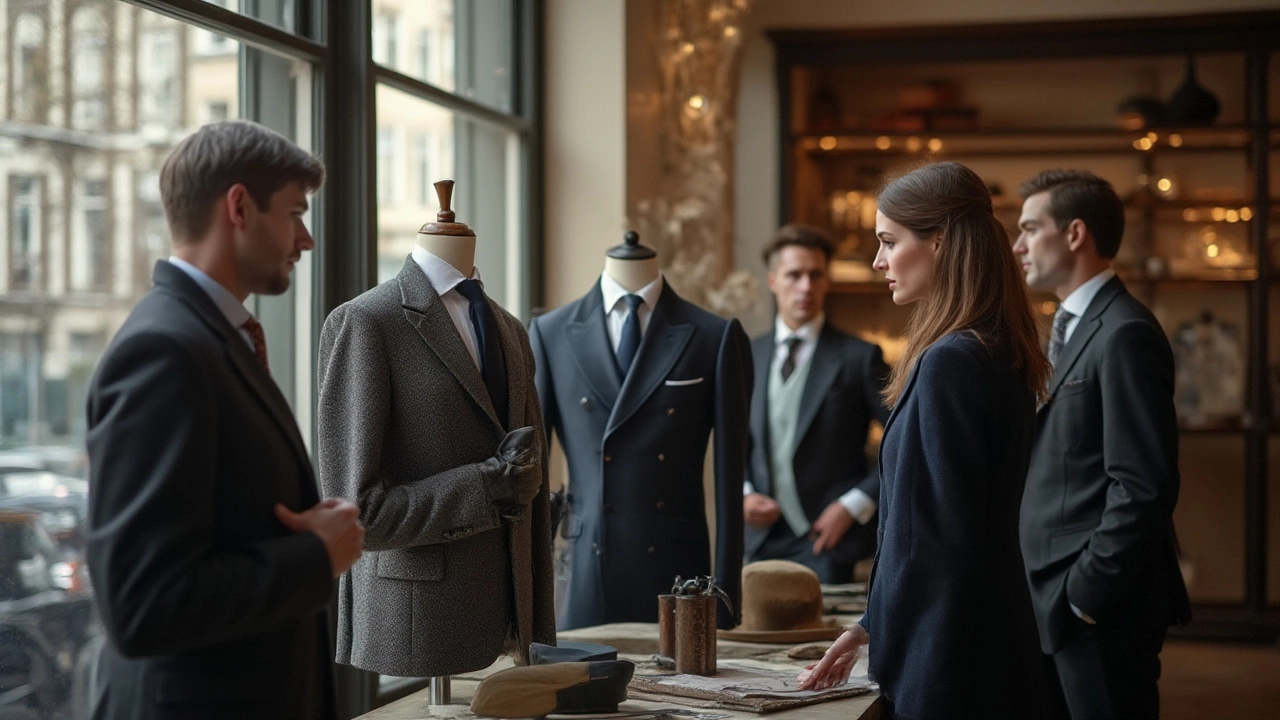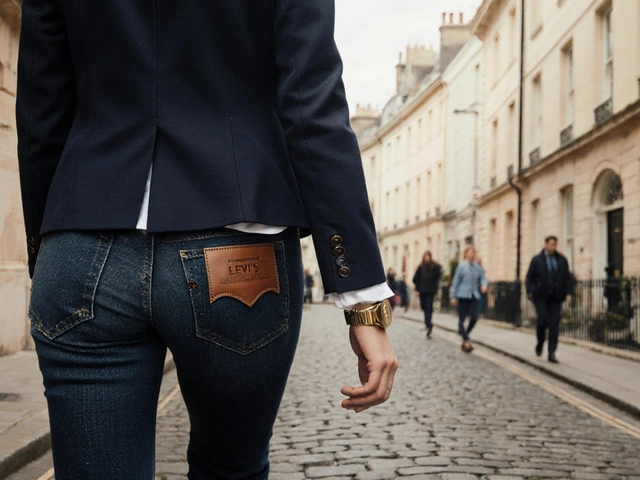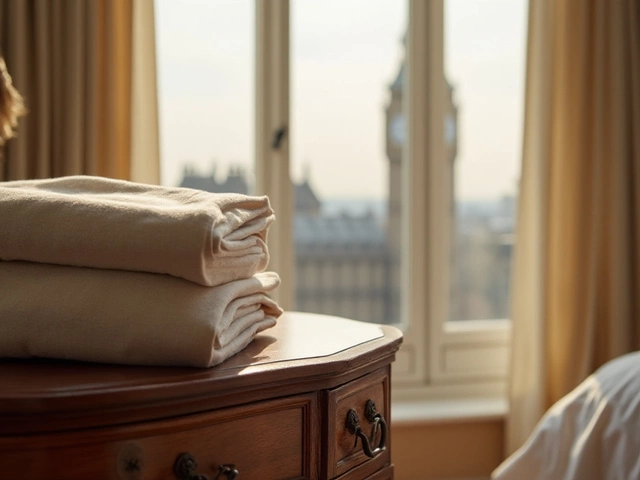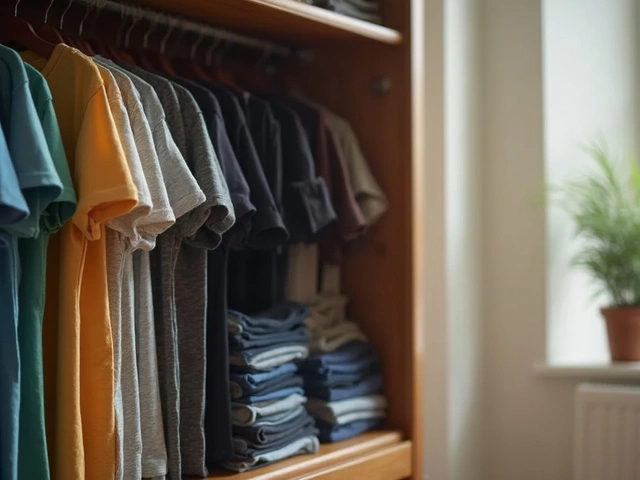You can spot a sharp-dressed guy a mile away, but knowing whether his suit cost $500 or $5,000? That’s a whole other level. At first glance, both suits might just look like navy blue with two buttons, but there’s a lot going on beneath the surface—and once you know what to look for, you’ll never see suits the same way again. This isn’t just about fashion. It’s personal branding, comfort, longevity, and the feeling you get when you walk out the door ready to take on the world.
The Anatomy of a Suit: What Are You Really Paying For?
So what’s inside these vastly different price tags? It starts with the fabric, but goes way beyond that. Walk into a department store, and the $500 suit is probably off-the-rack—meaning it’s made to fit as many different body types as possible, with just a handful of standard sizes. These suits are usually made from machine-woven wool blends, maybe tossed with some synthetic fibers for wrinkle resistance or lower cost. The wool might be "Super 100s," which refers to the fineness of the fiber (measured in microns), and while that sounds impressive, it’s like the entry-level of fine suit cloth. They’ll often have fused (glued) interlinings, which is a fancy way to say the structure holding the jacket together is more like a stiff sheet of plastic melted inside than fabric sewn in.
Jump to the $5,000 suit: Here, you’re entering the world of bespoke (custom) tailoring, often crafted on iconic streets like Savile Row in London or by legendary Italian houses. This suit likely starts with an individual fitting session where a tailor takes over 20 measurements and maybe snaps a photo or two so they remember how you stand, how you move, even how you slouch. The cloth is probably a Super 150s or 180s pure wool, which feels cooler and softer in your hand, and might even include cashmere or silk for that buttery texture. The lining inside? Hand-sewn canvas (sometimes horsehair canvas), which allows the jacket to breathe and mold to your shape over time. Hand-stitched lapels, real horn buttons, working buttonholes (called "surgeon’s cuffs"), monogrammed labels, and even custom pocket arrangements are standard, not luxuries.
Statistics land it home: According to the British Textile Federation, about 90% of suits sold globally are fused rather than canvassed, but nearly all high-end suits over $3,000 are fully canvassed by hand. Handwork also hits the price: A single handmade buttonhole can take 15-20 minutes. A full bespoke suit can require more than 50 hours of artisan labor. That labor isn’t just old-fashioned tradition—it creates drape, movement, and a precise fit machines can’t touch.
Care about the environment? High-end suits are more likely to use sustainably sourced wool, natural dyes, and biodegradable materials for linings and interlinings, which means less impact on the planet. The $500 model, made at scale, usually skips those details. There’s also a big difference in lifespan. A $5,000 suit can be repaired and altered for decades. I know a finance guy who wears his late grandfather’s Anderson & Sheppard jacket—still perfect fifty years on.
Fabric alone tells a wild story. Peep at the table below comparing average wool quality grades and features:
| Suit Price | Wool Grade | Lining Method | Labor | Lifespan (years) |
|---|---|---|---|---|
| $500 | Super 100s, wool blends | Fused/glued | Mostly machine | 3-5 (average) |
| $5,000 | Super 150-180s, pure wool/cashmere | Full hand-canvassed | 50+ hours handwork | 20+ (with care) |
Still think all suits are the same? When you’re paying for craftsmanship, you’re paying for time, skill, and details most people will never see—until they feel it on themselves.
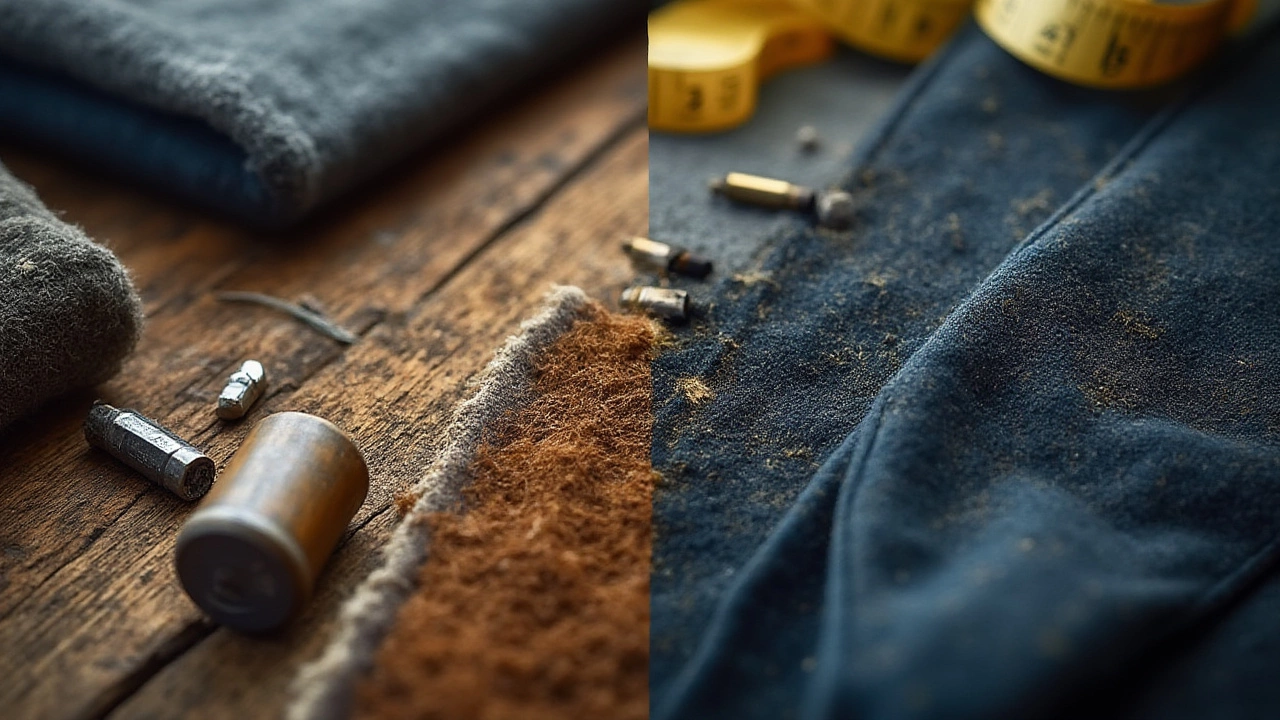
Fit, Comfort, and Confidence: How the Right Suit Changes Everything
Let’s talk fit, because this is where the $5,000 suit destroys the $500 one. Most men buying a suit off-the-rack are fighting with their own reflection: Maybe the arms are too long, maybe the seat is snug, maybe you just feel like you borrowed it from an uncle. Sure, you can spend a couple bucks at the local tailor to tweak it (hems, sleeve length, maybe even take in the waist), but the base pattern wasn’t made for you. It was made for a mythical "average man," and let’s be honest—almost nobody matches that shape.
Bespoke or high bespoke-level suits start with your body. The tailor checks your posture (do you lean forward? One shoulder lower than the other?) and those quirks get mapped out in the paper pattern. Three fittings are common—first a rough shell, then a partially completed suit, and finally the finished piece. Standing in a bespoke fitting is awkward the first time—I’ve been there!—but once you see your reflection in a jacket that moves with you like a second skin, it’s like magic. Countless clients say they "stand differently" in a great suit, that their entire attitude changes. That’s not a cliché. There’s research from the Journal of Experimental Social Psychology showing that wearing formal clothes literally boosts abstract thinking and self-perception. It’s called "enclothed cognition," and it’s backed by science.
Comfort isn’t just a nice bonus. A $5,000 suit with a full-canvas and hand-set sleeves will feel lighter and more flexible, especially when you move or sit. Those glued linings in a $500 suit get stiff and hot, especially in summer, and after a long conference day, the difference is real. That matters for big moments: interviews, weddings, board meetings, or any time you want to feel in charge. If you’ve never worn a high-end suit, go try one on at an actual tailor. Stand in front of the mirror and see the drape, feel your arms move naturally, and notice how the collar hugs your neck perfectly with no bunching. It’s like switching from running in work boots to running in sneakers—suddenly, you realize what comfort was supposed to feel like all along.
Another personal note—my wife Hannah has a sixth sense for spotting fit. The first time she saw me try on a made-to-measure navy suit, she didn’t say a word. Just grinned and raised her eyebrow, as if my posture needed no comment. That’s the kind of impact a real fit can make, and it's not just for dates or parties; it follows you into every room.
One last thing about fit: expensive suits can be totally rebuilt over time. Gained a pound or ten? Dropped some weight? A bespoke tailor can recut the pattern. Cheaper suits have little extra fabric to work with. Buy once, buy well if you can. Your future self will thank you.
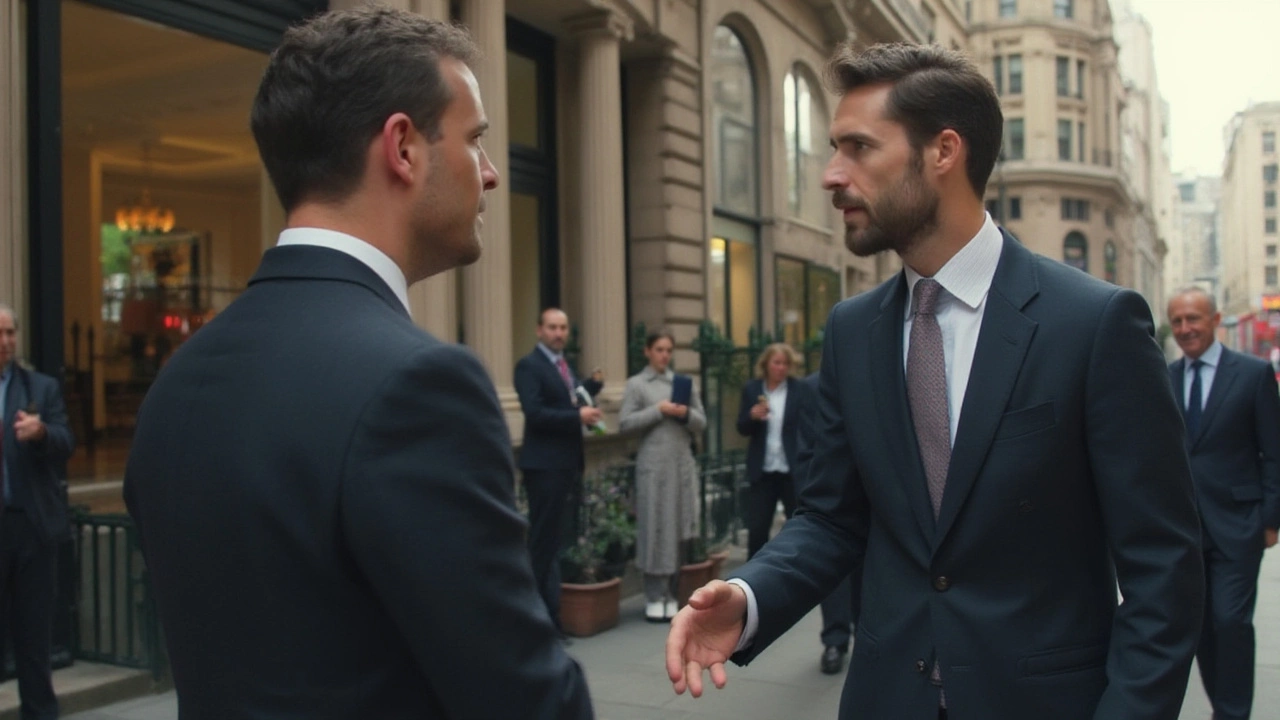
Are Expensive Suits Worth It? Making Smart Choices Without Breaking the Bank
You don’t need to drop $5,000 for a suit that fits and feels great, but understanding why the best suits cost what they do can help you make way smarter buys. Let’s get practical: If you’re just starting out—maybe a job interview or first big city job—a $500 off-the-rack suit isn’t bad. You’ll likely get a lot of synthetic blends, basic shapes, and mass-finished details, but a good tailor can work wonders. Prioritize a simple color (navy or charcoal), ask for minor alterations (shorten sleeves, slim the waist), and spend the leftover budget on a shirt that fits.
But if you wear suits often, save for a made-to-measure or half-canvassed suit. There are reputable brands now offering full-canvas construction for $1,000–$1,500 (think Suitsupply Purple Line, Spier & Mackay’s top-end, or local bespoke tailors in less expensive cities). These won’t have the heritage of a Savile Row house, but the jump in comfort and longevity is worth every penny. Watch for true horn or mother-of-pearl buttons, tighter stitching on seams, hand-picked lapels, and the tell-tale roll of a hand-shaped lapel. Those details scream quality to anyone in the know.
For collectors or those who live in a suit, nothing replaces full bespoke. Yes, $5,000 is a car payment or a week’s vacation, but if your job—or your joy—relies on presence, the ROI is real. Legendary bespoke houses keep your pattern on file, so ordering a new suit next year is faster and cheaper. And the experience is special. You’re not buying a product; you’re becoming part of a tradition that’s lasted for generations.
Here are a few tips if you’re sizing up your next suit:
- Feel the fabric: Squeeze the sleeve in your hand. Good wool bounces back, feels dense but soft, and doesn’t sound plasticky.
- Check the lining: Gently peel back the jacket lining at the bottom. Full canvas has a separate cloth layer sewn in. Fused feels like cardboard inside.
- Look at the buttonholes: Hand-sewn ones have little knots at the end and a slight raised texture; machine ones are flatter and look very uniform.
- Move: Raise your arms, sit down, hug yourself. /span>Bad suits fight your movement; good ones move with you.
- Smell the sleeve: Cheap synthetics have a chemical scent.
If you want the most out of any suit, treat it well. Brush it after each wear, hang on a thick wooden hanger, only dry-clean when necessary (once or twice a year max), and rotate between suits if you can. A little love goes a very long way.
Beneath the surface, almost nobody knows or cares what you paid—but you will. Whether you settle for solid off-the-rack, invest in custom, or aim for full bespoke, understanding what goes into a great suit makes every dollar matter more. In the world of men’s style, the smartest money moves are about quality, fit, and choosing what matches your real life—not anyone else’s.
